Physicists are trying to rewrite the axioms of quantum theory from scratch in an effort to understand what it all means. The problem? They’ve been almost too successful.
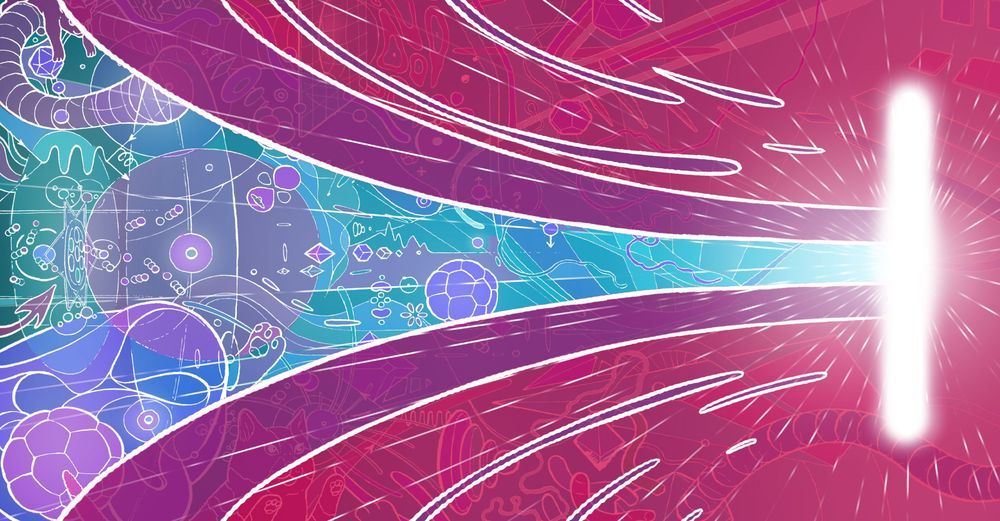

The second half of humanity is joining the internet. People in countries like India will change the internet, and it will change them. Read more from The Economist here: https://econ.st/2zVWeQQ
Click here to subscribe to The Economist on YouTube: https://econ.st/2xvTKdy
L.O. Two simple letters that marked one of the biggest changes in human history. In 1969 programmers were trying to type “login”.
50 years later and half the world is now online. But that half is primarily from the rich world. How will the second half of humanity coming online change the internet and how will the internet change them?
India’s internet penetration was pretty low until very recently with the launch of a new mobile network called Reliance Jio, with incredibly cheap phones and incredibly cheap data prices. Reliance Jio launched aggressively in 2016 offering subsidised handsets and free data to hook people in. India went from being a relatively expensive place to consume data to being the cheapest in the world. Prices crashed by 94%
Newer users in the developing world are browsing the internet in much the same way as people in the developed world.
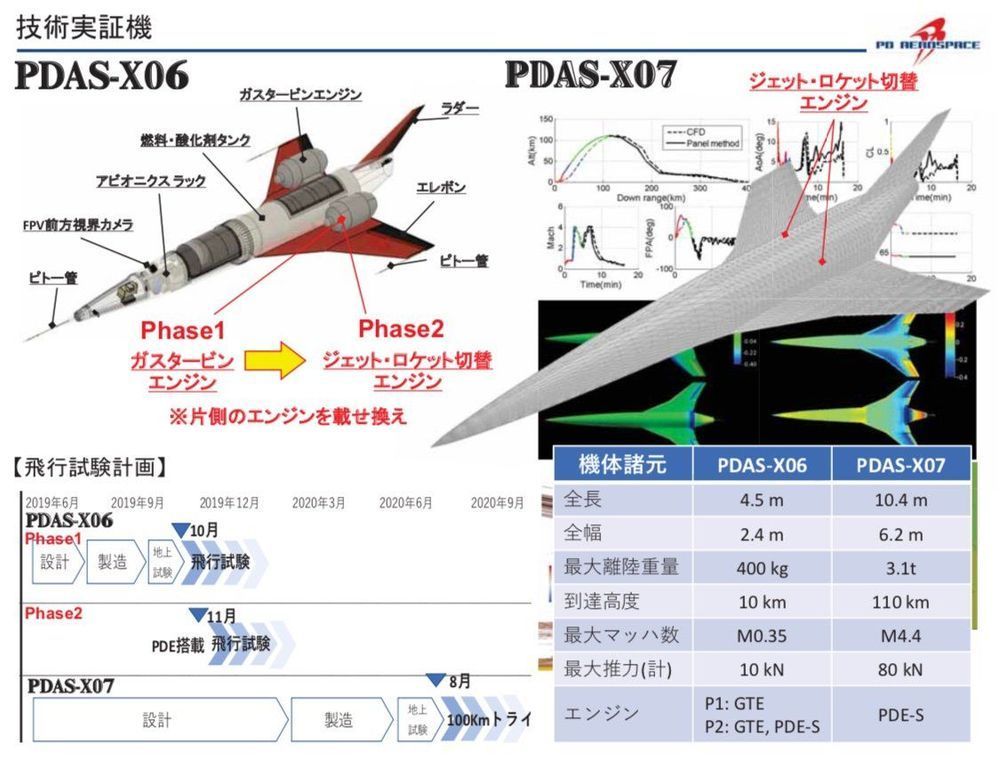
PD Aerospace is developing a PD engine that can be used both in the atmosphere and in space. They plan to reach an altitude of 100 kilometers in 2020. https://www8.cao.go.jp/space/policy/suborbi/dai1/siryou2-2.pdf
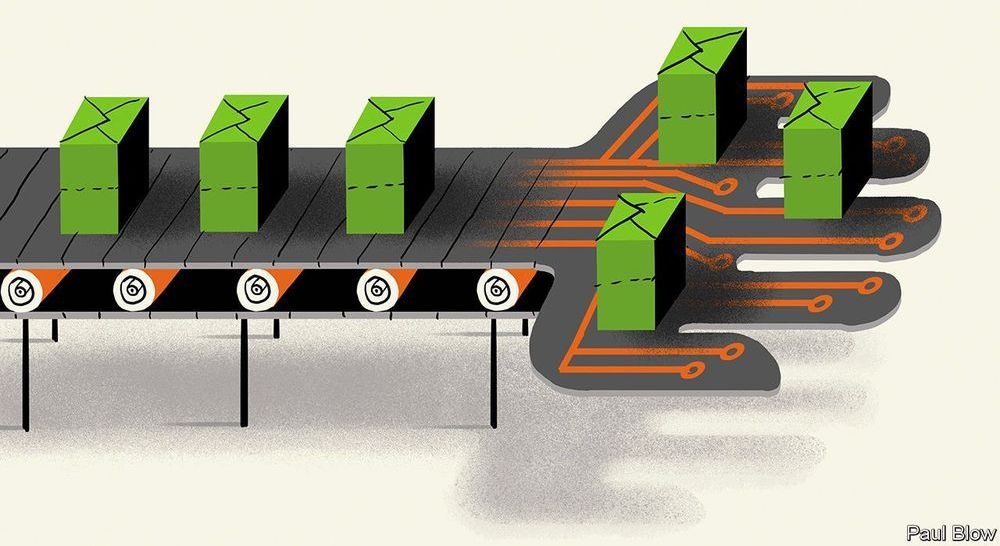
Consultants at Gartner recently calculated that in 2021 “ai augmentation” will create $2.9trn of “business value” and save 6.2bn man-hours globally. A survey by McKinsey last year estimated that ai analytics could add around $13trn, or 16%, to annual global gdp by 2030. Retail and logistics stand to gain most.
Two surprising leaders have emerged from the pack.

Travelling can be one of the greatest joys in life and an exhilarating experience. While visiting or moving to a new place to experience the local culture, the sights and the people can be great, there are some challenges that arise with it. Such challenges include finding a trusted accommodation, getting around town in a safe way, booking tickets for an event and more. There are numerous travel tech startups that resolve such problems, and they are hiring! So, let’s have a look at some of the most exciting travel tech startups in London that are hiring in 2019.
Finding good accommodation in a city where you’ve never been before can be a daunting task. The Plum Guide makes this easier by offering personally vetted and tested properties in some of the best neighbourhoods, which can be rented for the duration of your stay. The company is also looking to scoop up some local talent and you can check out their career page here.
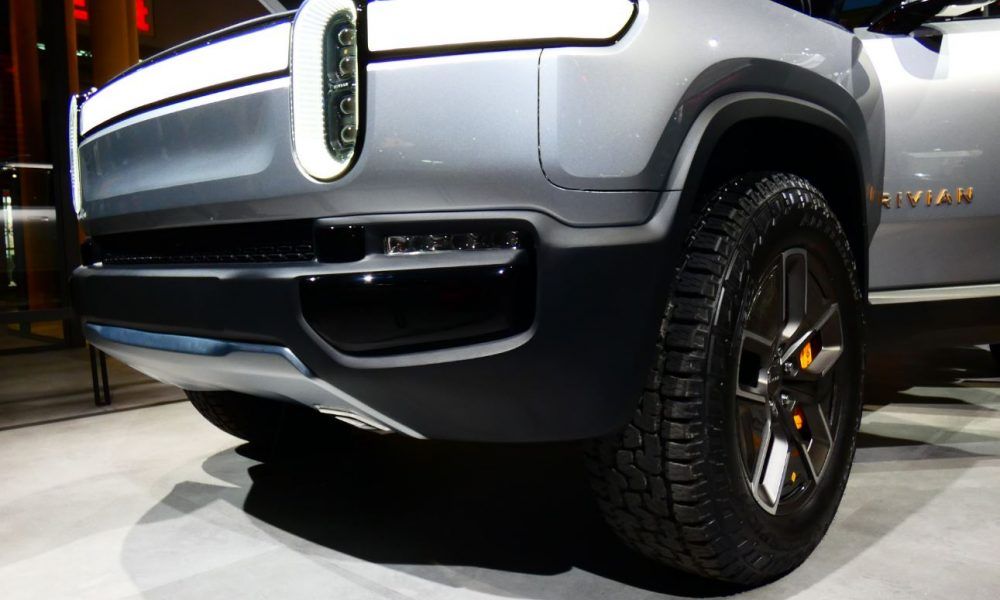
During Amazon’s all-hands meeting in March, CEO Jeff Bezos stated that he is fascinated by the emerging trends in the auto industry. Bezos noted that it was this fascination that ultimately played a part in Amazon’s hefty $700 million investment in electric truck startup Rivian Automotive back in February.
“If you think about the auto industry right now, there’s so many things going on with Uber-ization, electrification, the connected car — so it’s a fascinating industry. It’s going to be something very interesting to watch and participate in, and I’m very excited about that whole industry,” Bezos said.
Bezos’ optimism for emerging industries extends beyond the electric car market. Apart from Rivian, Amazon has also invested in self-driving startup Aurora, hinting that the CEO is also looking to capitalize on autonomous driving technology for the e-commerce giant’s operations in the future. If its investment in Aurora pans out, for example, Amazon would likely gain an optimized solution that would allow the company to deliver shipments to its customers using self-driving machines.
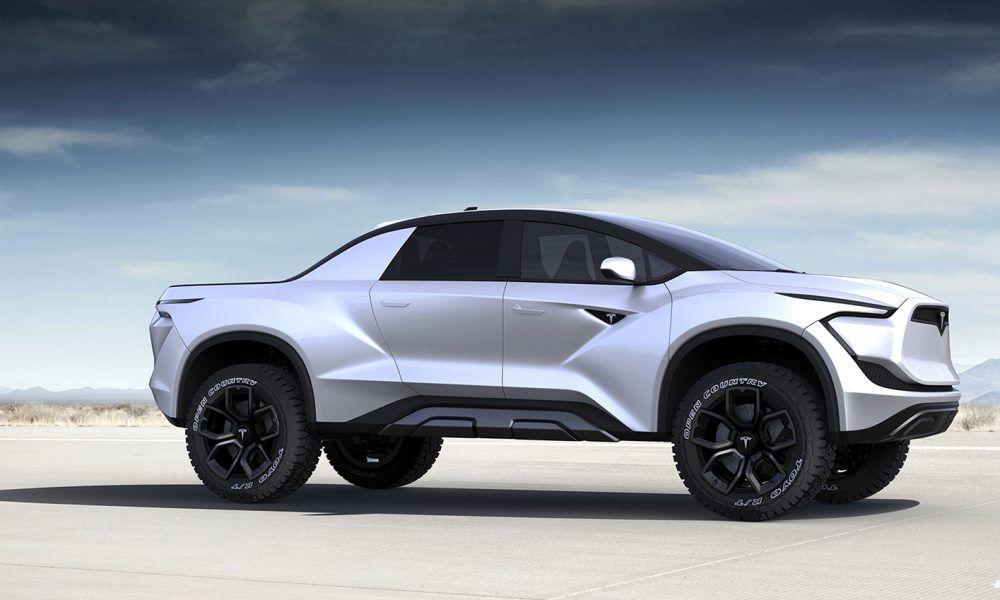
The long-awaited reveal of Tesla’s pickup truck will most likely take place November, Tesla CEO Elon Musk said in response to a Twitter follower’s question.
Tesla’s first crack at one of America’s most popular body styles, which will begin production after the Model Y, has been the topic of much speculation from Tesla and electric vehicle fans collectively. Information regarding the truck is vague, but Elon Musk has released a number of details, most notably a possible 300,000-lb towing capacity.
November most likely.
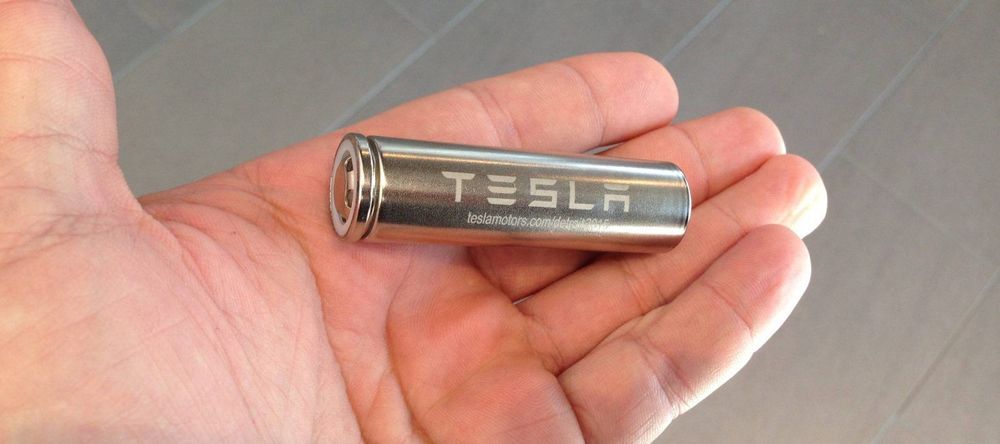
When talking about the economics of Tesla’s future fleet of robotaxis at the Tesla Autonomy Event, Tesla CEO Elon Musk emphasized that the vehicles need to be durable in order for the economics to work:
“The cars currently built are all designed for a million miles of operation. The drive unit is design, tested, and validated for 1 million miles of operation.”
But the CEO admitted that the battery packs are not built to last 1 million miles.

This assumes information transfer between humans is frictionless, which it is not. At least not currently. We could easily address this, but no one is listening:-) QED.
Italians are some of the fastest speakers on the planet, chattering at up to nine syllables per second. Many Germans, on the other hand, are slow enunciators, delivering five to six syllables in the same amount of time. Yet in any given minute, Italians and Germans convey roughly the same amount of information, according to a new study. Indeed, no matter how fast or slowly languages are spoken, they tend to transmit information at about the same rate: 39 bits per second, about twice the speed of Morse code.
“This is pretty solid stuff,” says Bart de Boer, an evolutionary linguist who studies speech production at the Free University of Brussels, but was not involved in the work. Language lovers have long suspected that information-heavy languages—those that pack more information about tense, gender, and speaker into smaller units, for example—move slowly to make up for their density of information, he says, whereas information-light languages such as Italian can gallop along at a much faster pace. But until now, no one had the data to prove it.
Scientists started with written texts from 17 languages, including English, Italian, Japanese, and Vietnamese. They calculated the information density of each language in bits—the same unit that describes how quickly your cellphone, laptop, or computer modem transmits information. They found that Japanese, which has only 643 syllables, had an information density of about 5 bits per syllable, whereas English, with its 6949 syllables, had a density of just over 7 bits per syllable. Vietnamese, with its complex system of six tones (each of which can further differentiate a syllable), topped the charts at 8 bits per syllable.
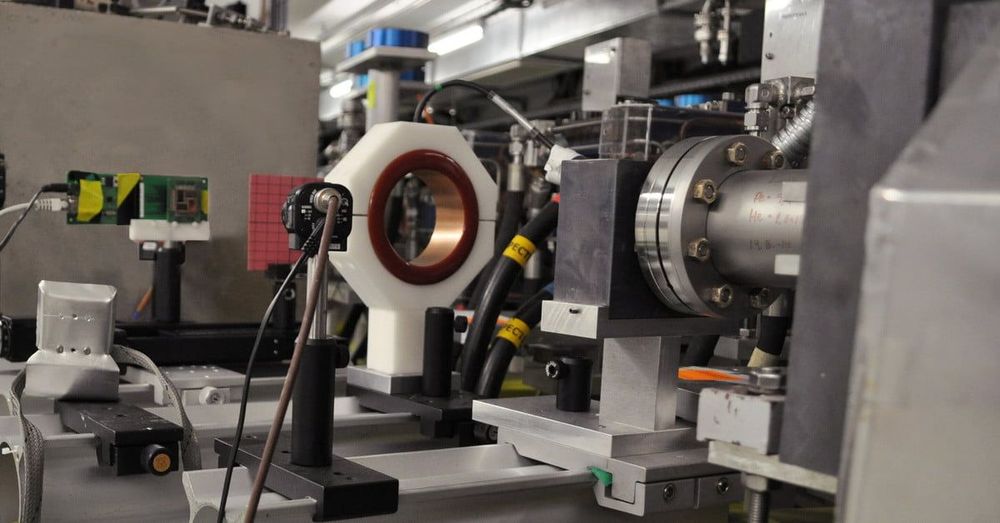
The European Organization for Nuclear Research, or CERN, is most famous for its particle collider, but it also has facilities that can test for other high-energy environments similar to those found in space. Now those facilities are being used to test future spacecraft to see if they are radiation-proof.
The European Space Agency (ESA) will launch the Jupiter Icy Moons Explorer, or JUICE, mission in 2022. Before then, ESA scientists wanted to know what kinds of environmental stresses the explorer will be subjected to when it braves Jupiter’s massive magnetic field. The magnetic field has a volume of a million times that of Earth’s magnetosphere, and trapped within the field are energetic charged particles. These particles form radiation belts which bombard visiting craft with high levels of radiation, which can be harmful to electronics.
To see how the JUICE hardware will handle this radiation, the ESA has borrowed the world’s most intense radiation beam — one located at a CERN facility called VESPER (Very energetic Electron facility for Space Planetary Exploration missions in harsh Radiative environments). Now it is working alongside CERN to develop the testing protocol for other future missions too, such as the proposed Ice Giants mission to Neptune and Uranus.